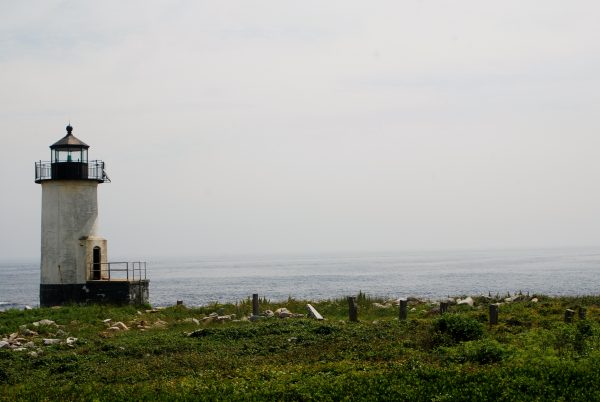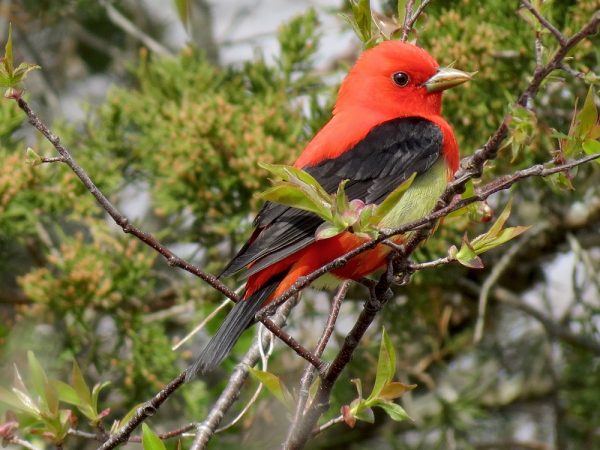by Daniel Brown and Jeff Collins
Jeff Collins, Director of Conservation Science, and Daniel Brown, Climate Change Program Coordinator, attended the National Adaptation Forum (NAF) in May in Saint Paul Minnesota.
The National Adaptation Forum is a gathering of scientists, educators, and community leaders working to address the challenges of climate change.
The field of climate adaptation is advancing rapidly, and Daniel presented on Mass Audubon’s work with communities to identify local critical weather thresholds. Thresholds are used to plan for emergencies and design infrastructure, but those thresholds are often outdated and difficult to measure. On top of that, climate change is making extreme weather events change over time, creating a great deal of uncertainty for communities looking to stay safe, healthy, and resilient. That may be soon changing, however, based on the assessment of experts at NAF. Land managers and city planners may soon get a whole host of new tools that will help plan for the size and frequency of future extreme weather.
Some of the most common themes discussed at NAF were environmental justice and the need for ecological conservation efforts to make communities more resilient. For years, the focus has been on what’s called “green” infrastructure—using restored landscape types like parks, greenways, and rain gardens to lessen the effects of climate change. Now the focus seems to be shifting to protecting undeveloped open areas and letting nature provide a resilient, adaptable places for people and wildlife. Mass Audubon’s Mapping and Prioritizing Parcels for Resilience (MAPPR) tool will help with that effort by allowing land conservationists to identify parcels that are a high priority for protection.
Climate change poses many challenges for our communities in the decades ahead. Underserved communities with less access to open space tend to be particularly vulnerable, but the inspiring work of so many institutions across North America gives plenty of reasons to be hopeful.





